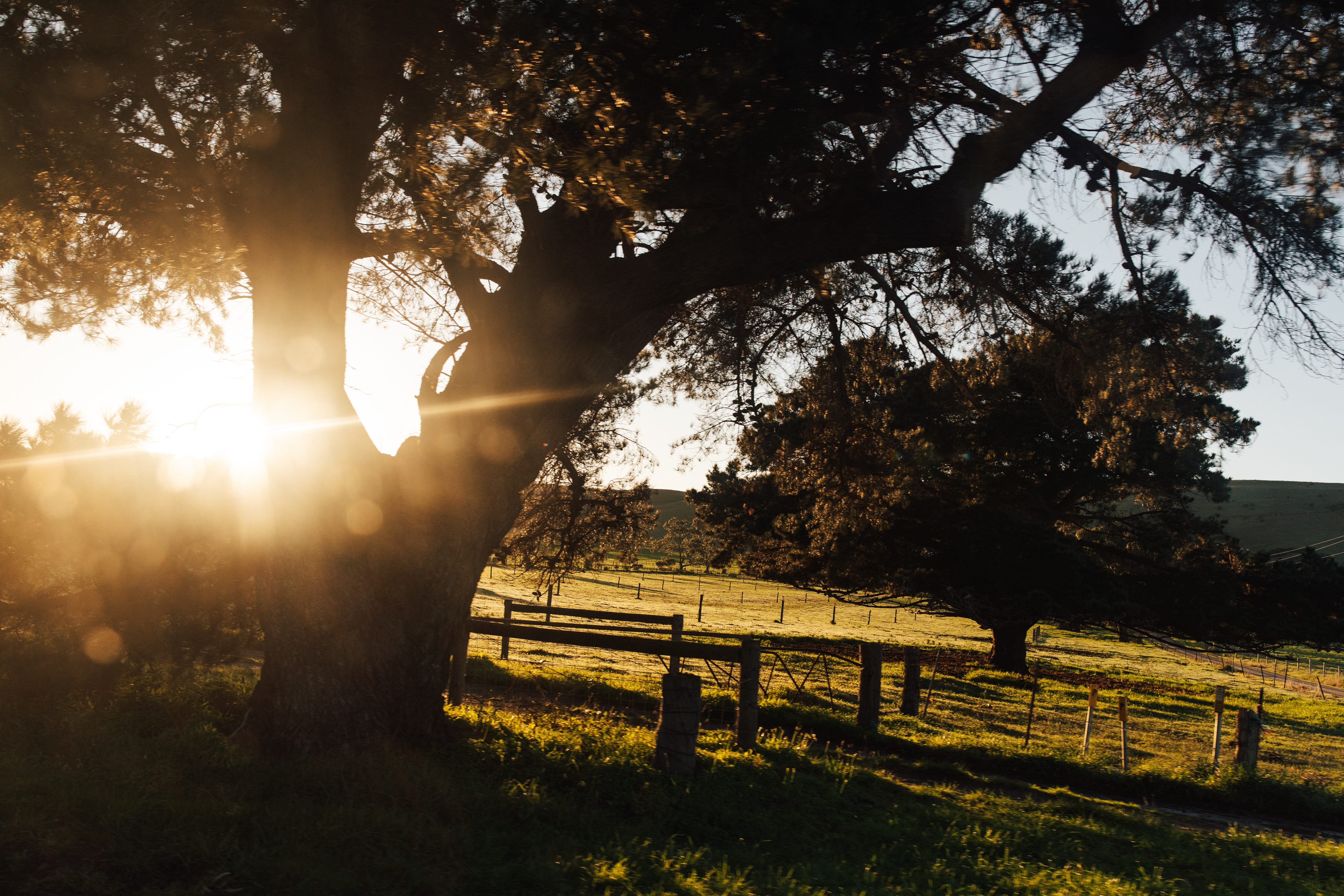
Producers urged to prepare for stock feed shortages
With some parts of the state dealing with their second –in some cases third – year of below average rainfall, it is likely there will be limited fodder available as we move into the new year.
Many producers have already reduced livestock numbers, with some completely de-stocking and others continually reducing numbers to try to retain feed or generate cash flow.
With forecasts indicating the dry conditions will continue, Livestock SA is urging producers to begin planning the purchase of stock feed soon to ensure supply and reduced financial impact coming into the new year.
Ensuring there is enough feed for maintenance of animals and production is crucial. Therefore, understanding stock numbers and their requirements is an important part of the planning process, along with the total tonnes of feed required during a drought on the property.
When developing a feed budget, it is important to consider financial returns and access to fodder as well as the logistics of storage, handling and feeding.
With moisture-stressed soil and minimal pasture growth comes nutritional deficiencies. Given the commitment of livestock producers to sustainable production, it is important livestock remain healthy and pastures are not overgrazed where possible.
Hay is being cut and starting to come onto the market, however a lot of this hay is already committed or moving fast.
With last season’s hay in very limited supply and little if any carryover from previous years, hay prices could increase dramatically due to limited supply. Securing long term, reliable supplies of quality hay may be an issue as we progress into the new year.
Although supply of feed is the priority in drought situations, the quality of the fodder available for the price is still important. Energy and protein of the feed for maintenance and production needs to be considered.
Downgraded fodder may represent good value, however it is generally downgraded due to weather damage, which in turn reduces its nutritional value. This may be fine if only maintaining dry stock, but is not ideal for growing or breeding stock.
On-farm feeding management can also help retain feed and reduce costs, with various options for feeding stock including supplementary and confinement or containment feeding.
With many options available, each producer needs to assess what will work best on their property to ensure they have enough feed for their livestock through the new year, whilst minimising financial stress.
Buy A Bale, an initiative of Rural Aid, is a natural disaster assistance program for those suffering flood, fire or the effects of drought in rural communities. Farmers dealing with drought can register their details on the Buy A Bale website to receive donations of hay and other on-farm support. Please contact the Livestock SA office if you would like assistance with registering for this program.
– ANDREW CURTIS, Chief Executive Officer, Livestock SA